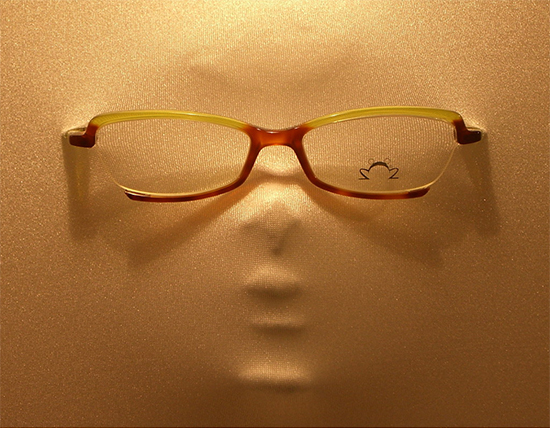By Preston Fassel
 |
It’s a new morning in 2022. As the widespread fear and panic gives way to a newfound cautious optimism, America has slowly begun to poke our collective heads out of the rabbit hole, looking for signs that it’s all right to come out again. The answer, it would seem, is a resounding… kind of? As supply chain issues dominate the six o’clock news and an uncertain medical establishment tackles the realities of the Omicron variant, so too are more people vaccinated than ever, more businesses open, and more people back to work. Whither brick and mortar optical in this unpredictable sea of hesitance and hope? The answer is a resounding “somewhere.” Like every other industry, we’re faced with simultaneous opportunities to move forward and cause for caution and find ourselves in a place where we need to take advantage of the former while remaining aware of the latter. As we test the waters of this strange new year, here are a few things to keep in mind regarding your practice and its place in the broader business landscape:
- Medical Precautions: At the time of this writing the Omicron variant is still a topic of concern. While mask mandates have waned in many places across the country, use common sense and medical knowledge to determine whether you should have an in-office masking policy (answer: probably, yeah.) Remember both that patient safety is your chief concern and that any business reserves the right to refuse service for reasons unrelated to protected statuses. Acquiescing to one patient’s demands not to mask isn’t worth a potential outbreak at your office, lives lost, and a reputation as the sight of a COVID outbreak.
- Supply Chain Difficulties: As the world struggles to right the supply chain, keep in mind that the optical industry is in a particularly vulnerable position, as a significant number of lens blanks and frames come from overseas. You may need to adjust patient expectations accordingly in terms of turnaround time on their eyewear.
- Product: There are products available to make your patients’ lives easier in a COVID world, particularly for those whose work or daily life requires masks. Make your patients aware of anti-fogging products to make wearing masks easier, and, for those patients who wear plastic frames and struggle with fogging, encourage them to get a backup or new pair of frames with nosepads to let the lenses set further away from the face.
- Digitize: Cut down on patient in-office time by utilizing a tool like Frames Data My Frame Gallery, which allows patients to framestyle from the comfort of their own home using the merchandise you have in stock. This will cut down on patient in-office time by letting them arrive at their appointment with a clear idea of what they like, and allow your staff to have it prepared for them.
- Stagger: While prior to COVID it was the standard practice of many opticals to multi-book appointment slots and use the overlap time to pretest, framestyle, or engage with patients for maximum daily profits, social distancing must be kept in mind in addition to building capacities. Again, patient safety must come before all else. Determine precisely how long a full patient exam takes from check-in to check-out and stagger accordingly, so that you can maintain a steady flow of patients through the office without overcrowding and keep up an efficient flow of work.
- Patience: Above all else, practice patience—with your staff, your patients, yourself, and the world. Hopefully 2023 will see us as “back to normal” as possible, but 2022 is already presenting new challenges and unexpected hurdles we couldn’t have anticipated in 2020 or 2021. Everyone’s tired, frustrated, and scared. Stay calm and positive and remember that a combative attitude from a patient or even staff member can come from just as much a place of fear or uncertainty as actual hostility. In COVID-era America, we could all do to show a little compassion to one another.













